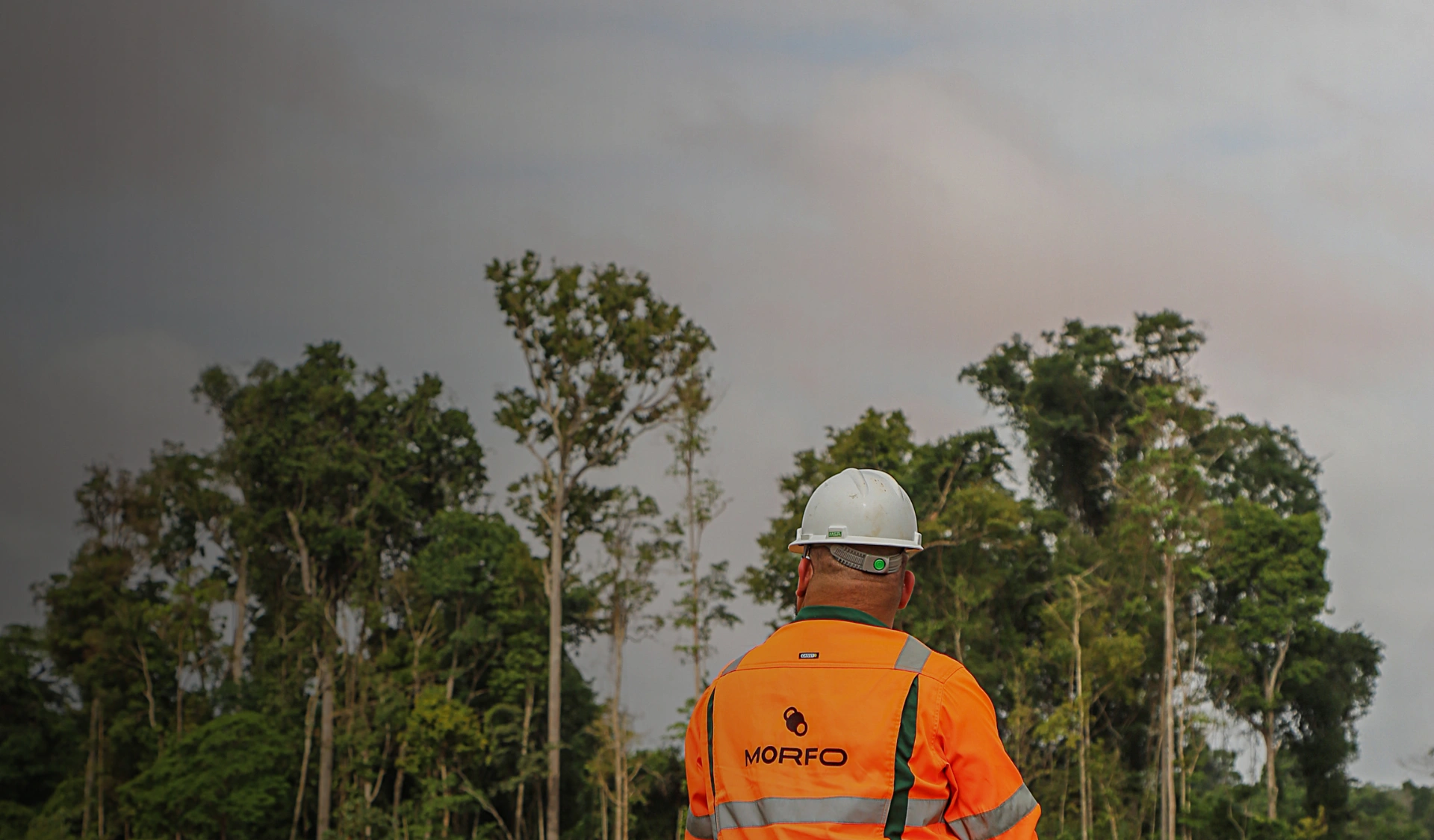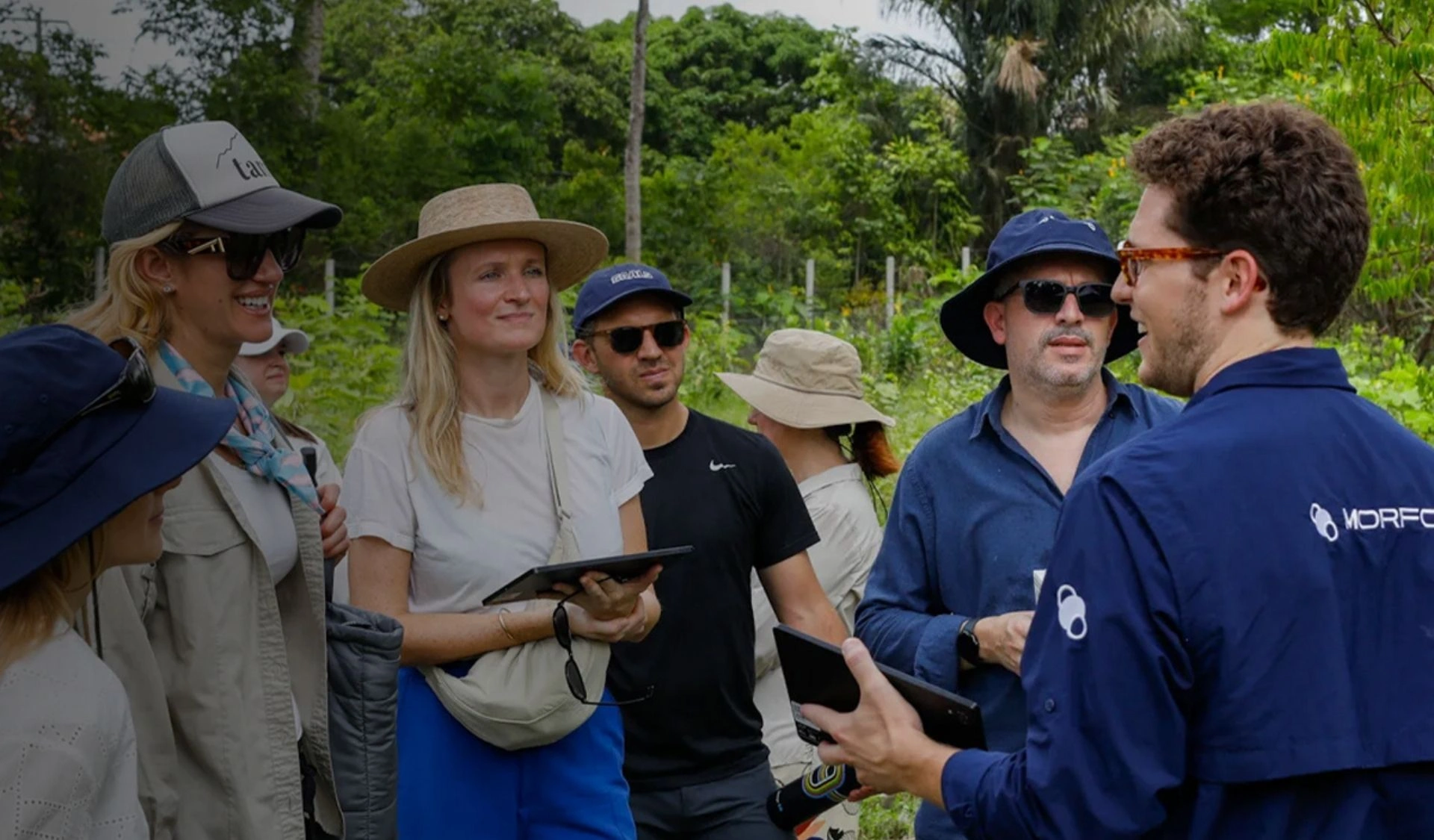The need to accelerate global reforestation is more urgent than ever. As the effects of climate change intensify, restoring the world's forests has become a crucial part of our strategy to combat environmental degradation, protect biodiversity and secure the future of our planet. The United Nations has set an ambitious target of restoring 1 billion hectares of forest by 2030, but progress has been slow - only 5% of this target has been achieved. Clearly, it's time to step up our efforts.
To highlight the urgency and scale of this challenge, we have created an infographic entitled "Time to Scale Up: The Critical Need for Large-Scale Forest Restoration". This resource provides a comprehensive overview of the current state of the world's forests, the challenges we face and the immense potential that reforestation represents for our planet.
What you'll find in this infographic
Our infographic breaks down key statistics and facts about forest restoration, offering a clear picture of the work ahead. Here's an overview of what you can expect:
- Global land distribution: Find out how forests fit into global land use, with a breakdown showing that forests currently cover 38% of the earth's surface, compared with 71% for oceans, 45% for agriculture, 14% for deserts and other land types.
- Forest cover by country: Find out which countries hold the largest share of the world's forests. Russia, Brazil and Canada top the list, collectively accounting for over 40% of the world's forest cover.
- Degraded land: Understand the scale of the challenge, with 47% of the world's once forested land and wild grasslands now degraded by human activity. Discover how Brazil alone holds one-sixth of the world's degraded land, representing both a challenge and an opportunity for large-scale restoration.
- Loss of primary tropical forests: See the stark reality of forest degradation at twice the rate of restoration, underlining the need for urgent action.
- Motivations and challenges in Latin America: Explore the drivers of restoration efforts in Latin America and the persistent challenges of implementing these projects while preserving biodiversity.
- Biodiversity hotspots: Learn more about the distribution of biodiversity wealth across key regions such as Latin America, the Afrotropics and Southeast Asia, and understand the importance of preserving these hotspots.
- The carbon factor: Discover the role forests play in carbon sequestration, with today's forests capturing 15.6 billion metric tons of CO2 per year. If we restore all degraded forests, this could increase dramatically, capturing up to 226 billion metric tons of carbon.
- Financial needs: Understand the financial landscape of nature-based solutions, with current investments totaling $133 billion a year. To meet the challenges ahead, we need to increase this to $203 billion by 2050 for forestry solutions alone.
A call to action to accelerate reforestation in the tropics
This infographic is not just a collection of facts - it's a call to action. The data underlines the crucial need for large-scale, coordinated restoration efforts, and highlights the opportunities we have to make a significant impact. By sharing this information, we hope to inspire greater involvement and investment in forest restoration, from individuals, governments and organizations.
Help us spread the word
Download this infographic, share it with your networks and use it to raise awareness of the urgent need for large-scale forest restoration. This resource is 100% free and designed to be a tool for anyone who cares about the future of our planet.
Together, we can accelerate the progress needed to meet global reforestation targets and ensure a healthier, more sustainable future for generations to come.





